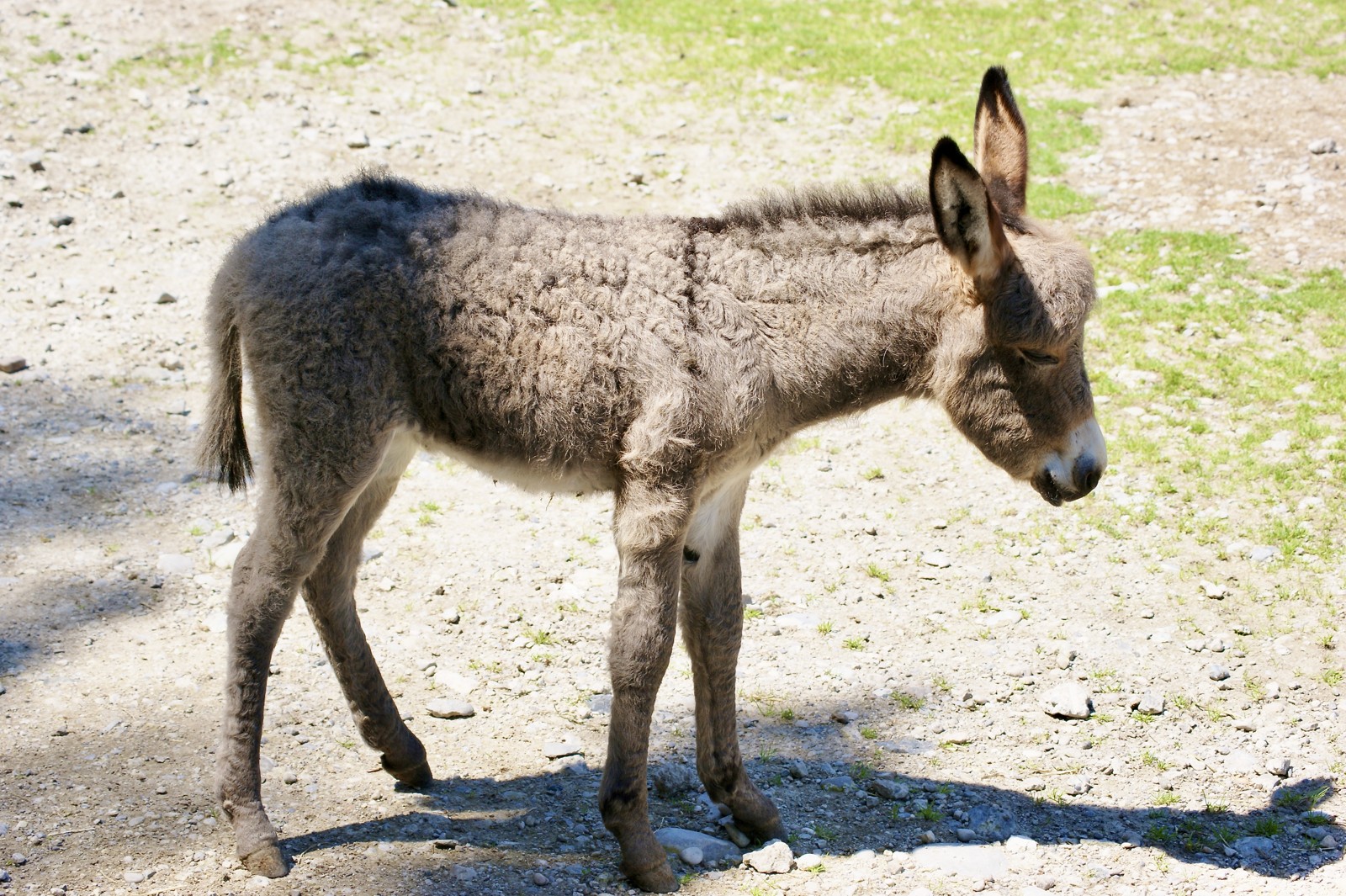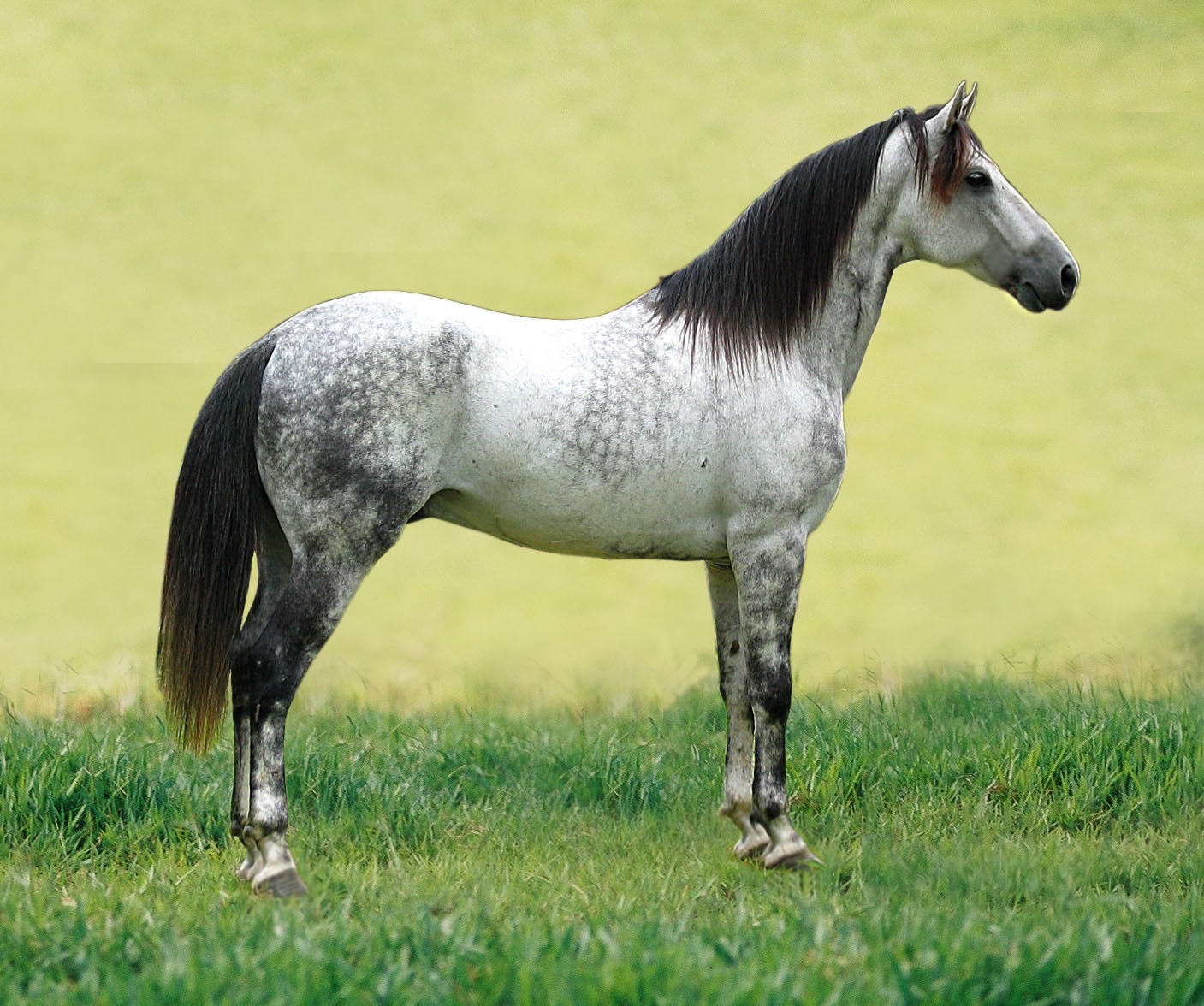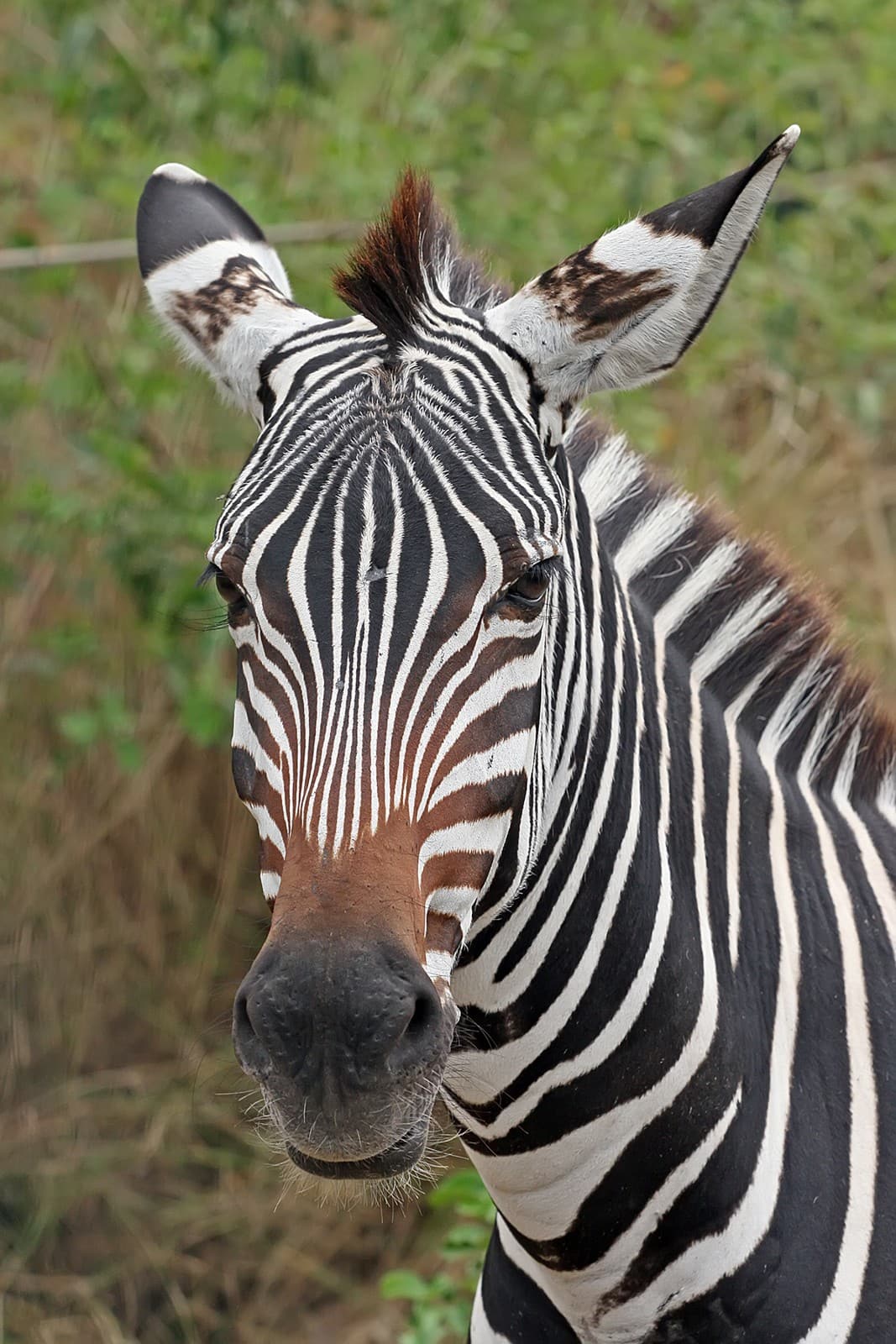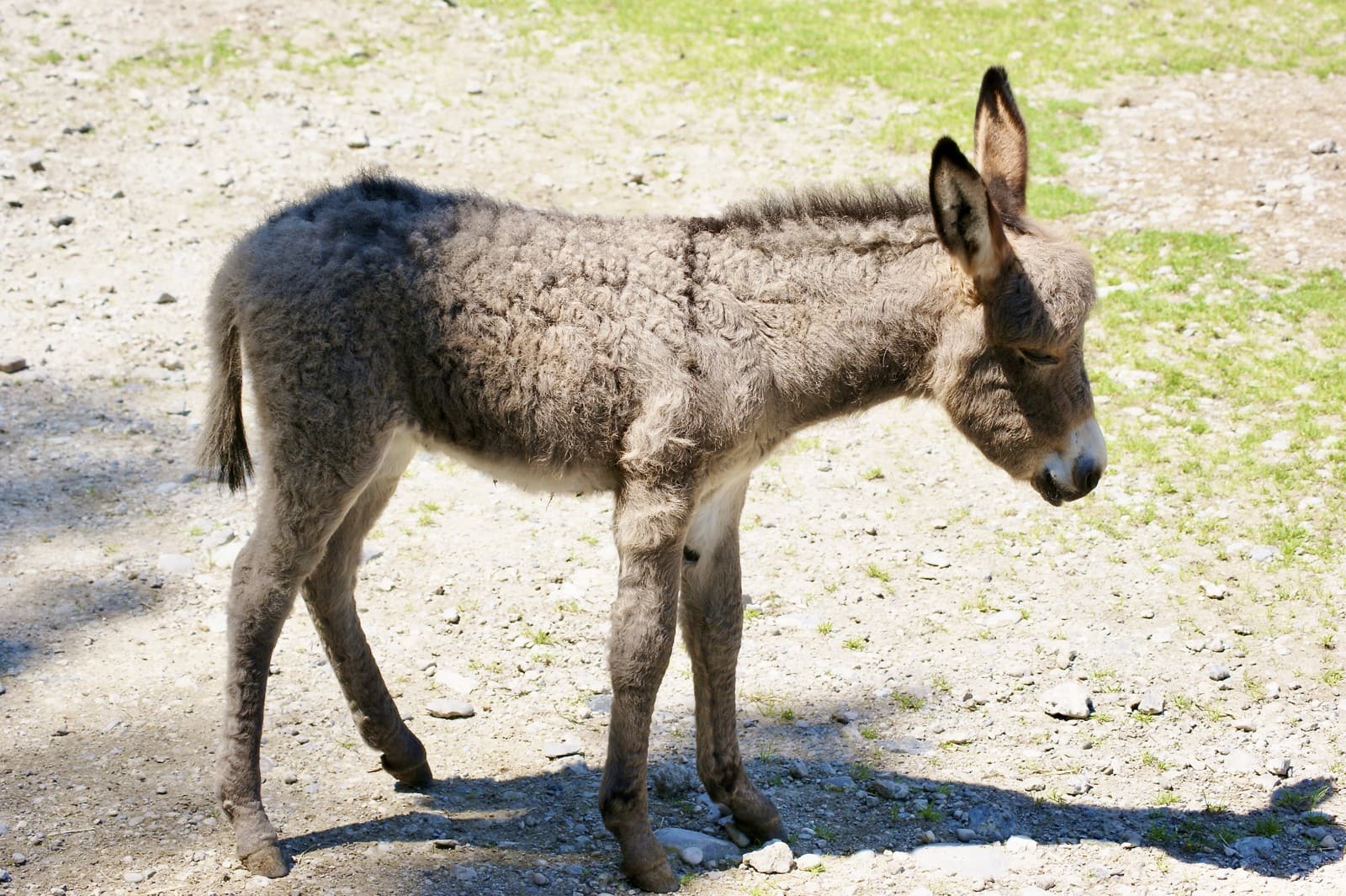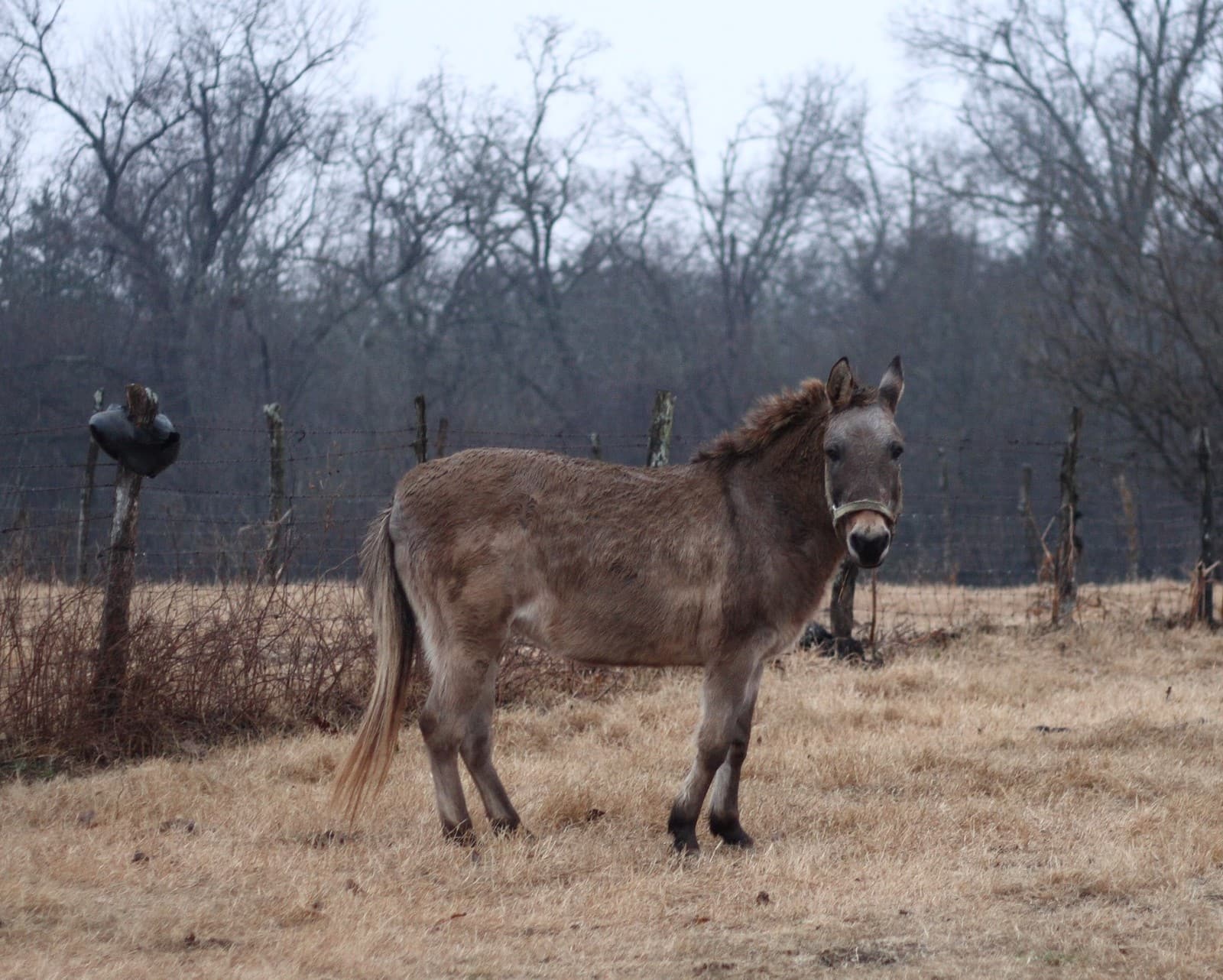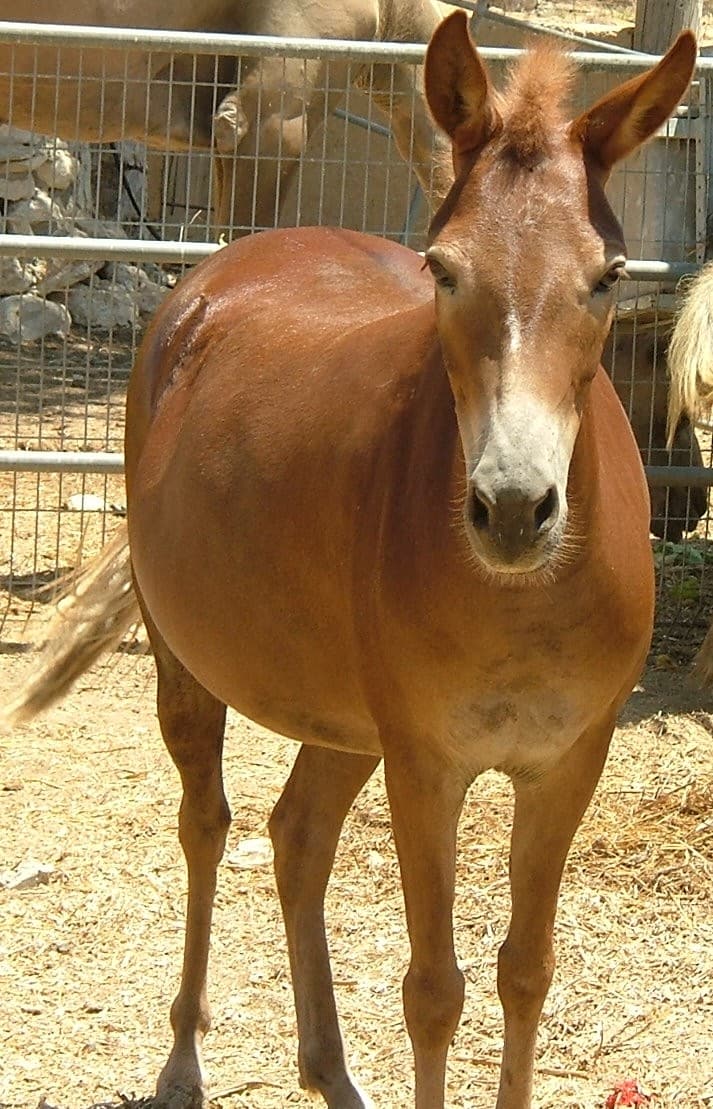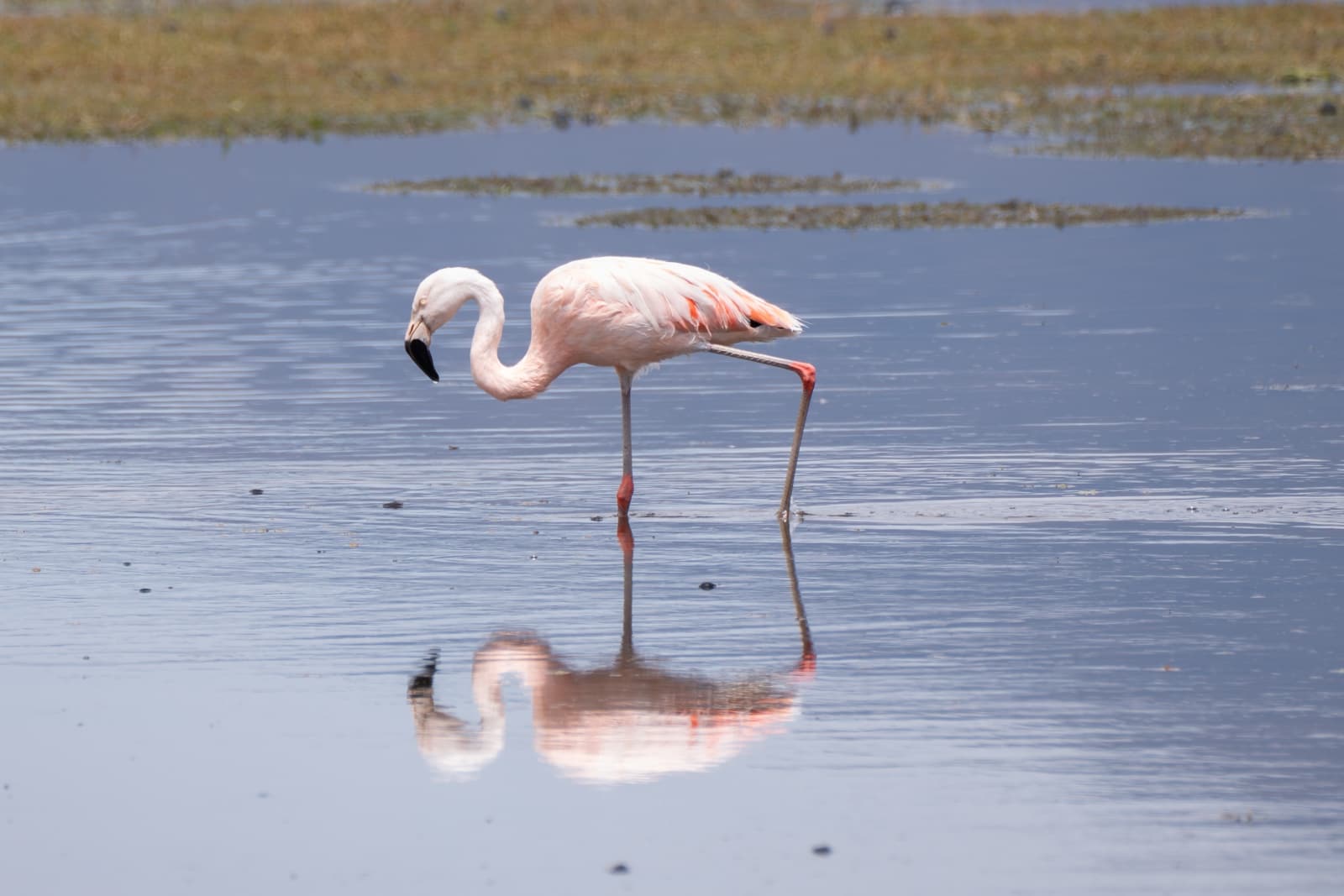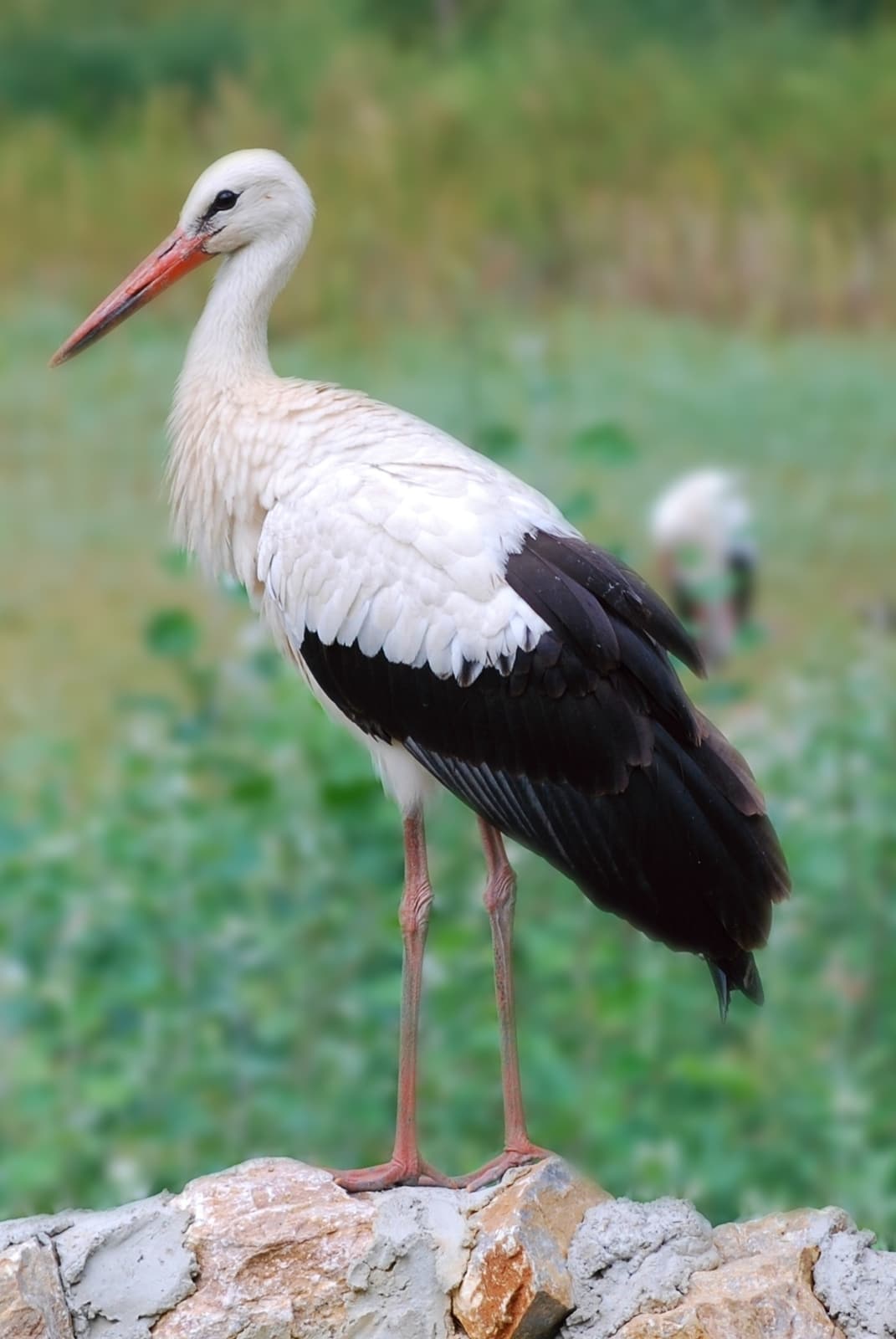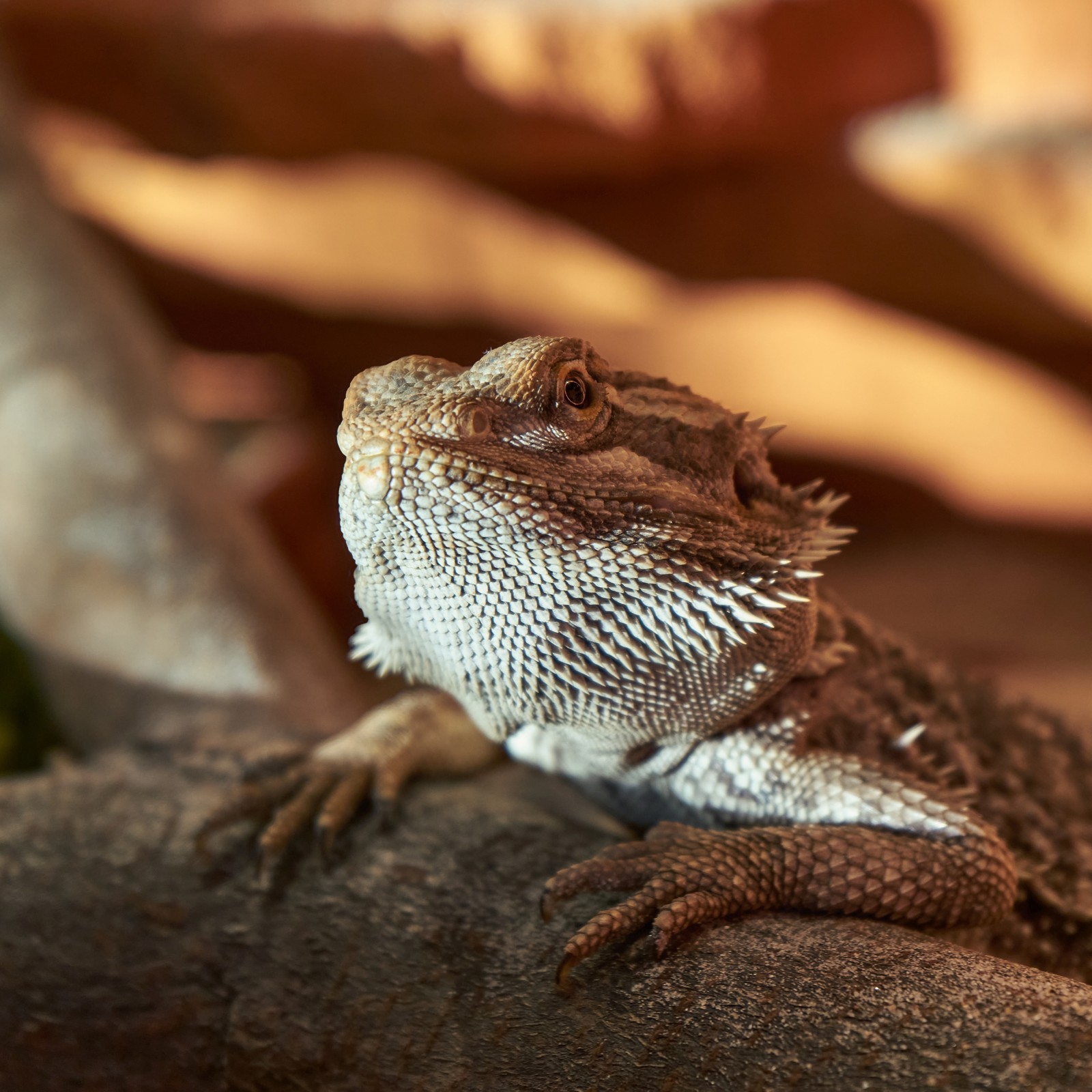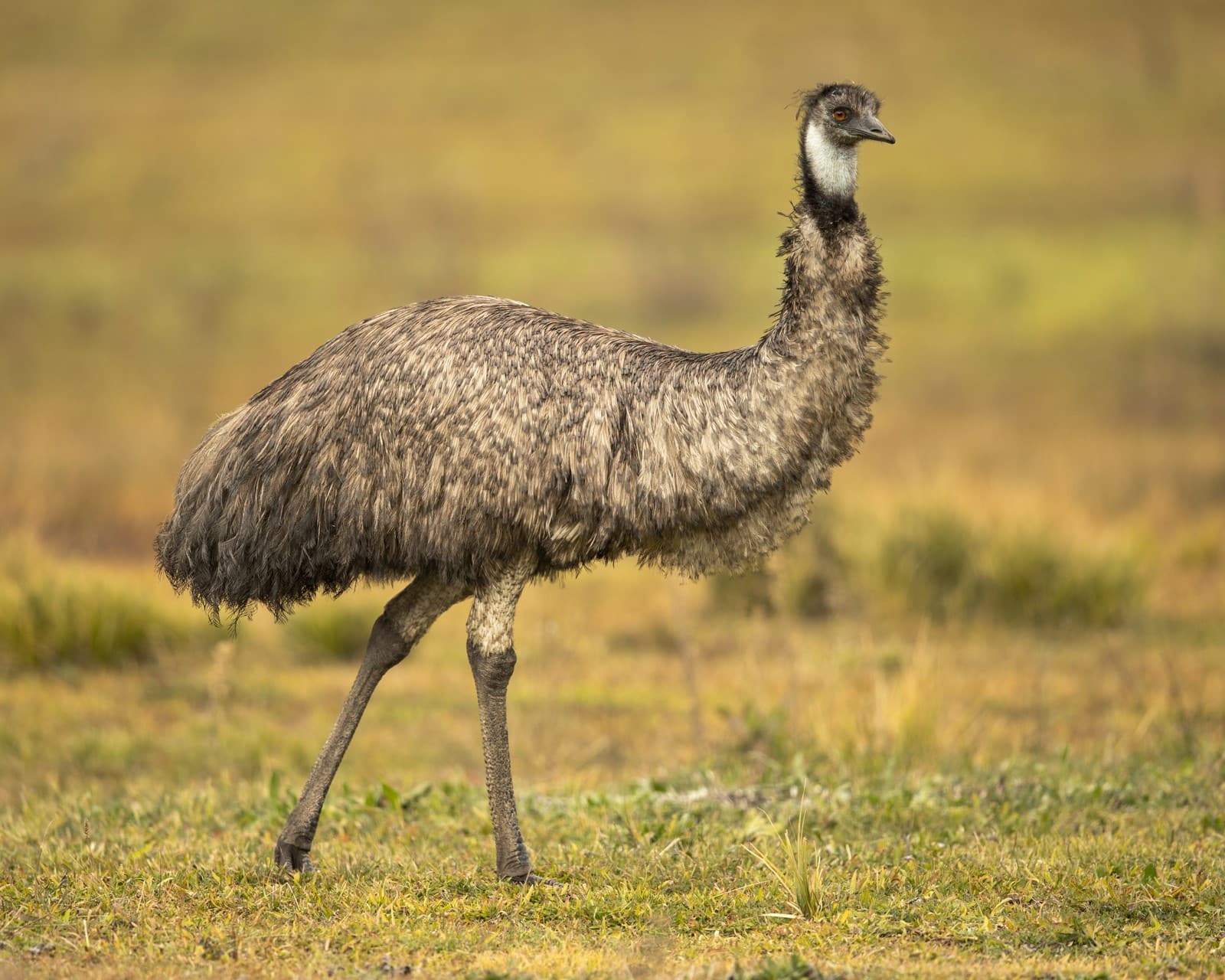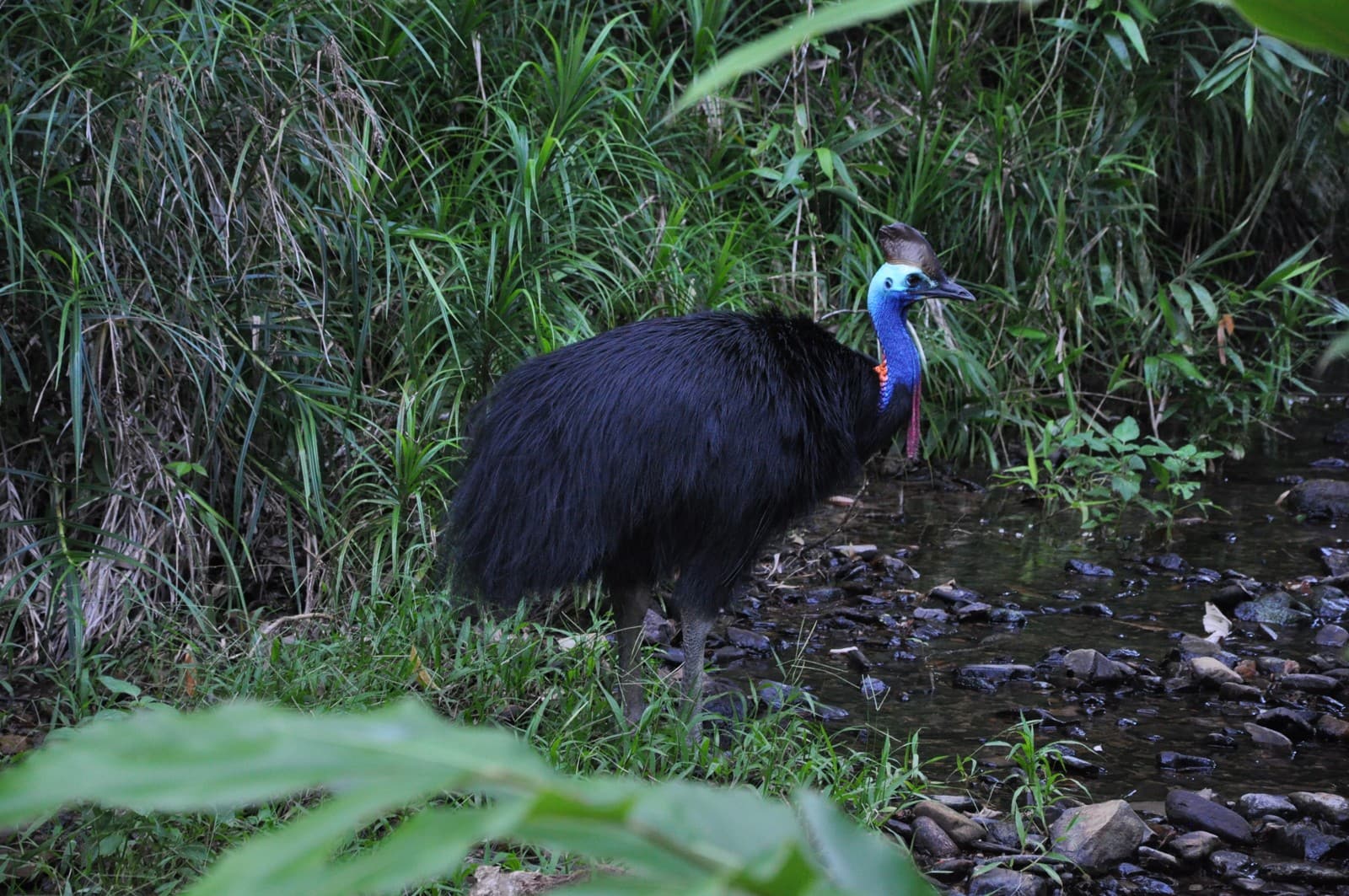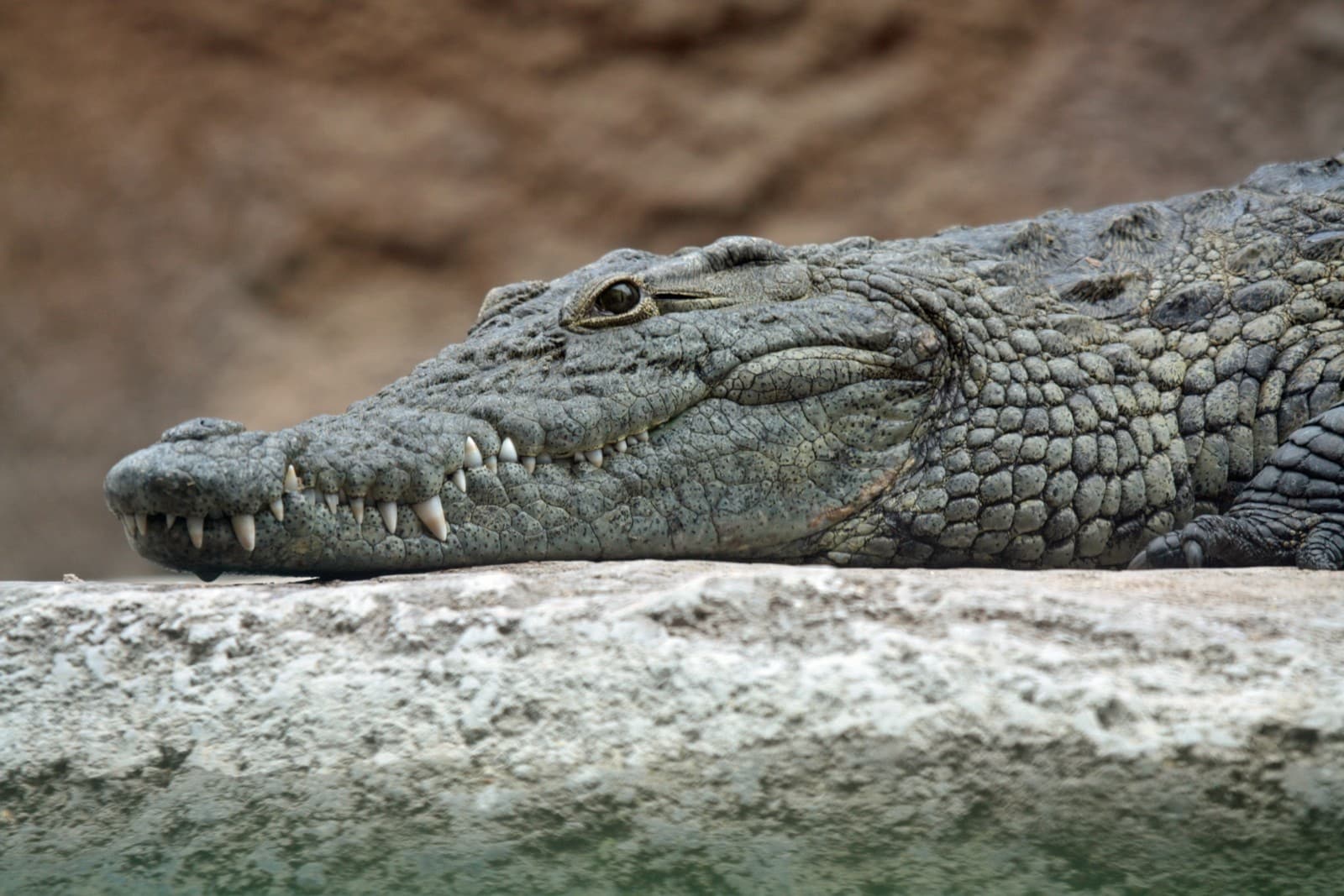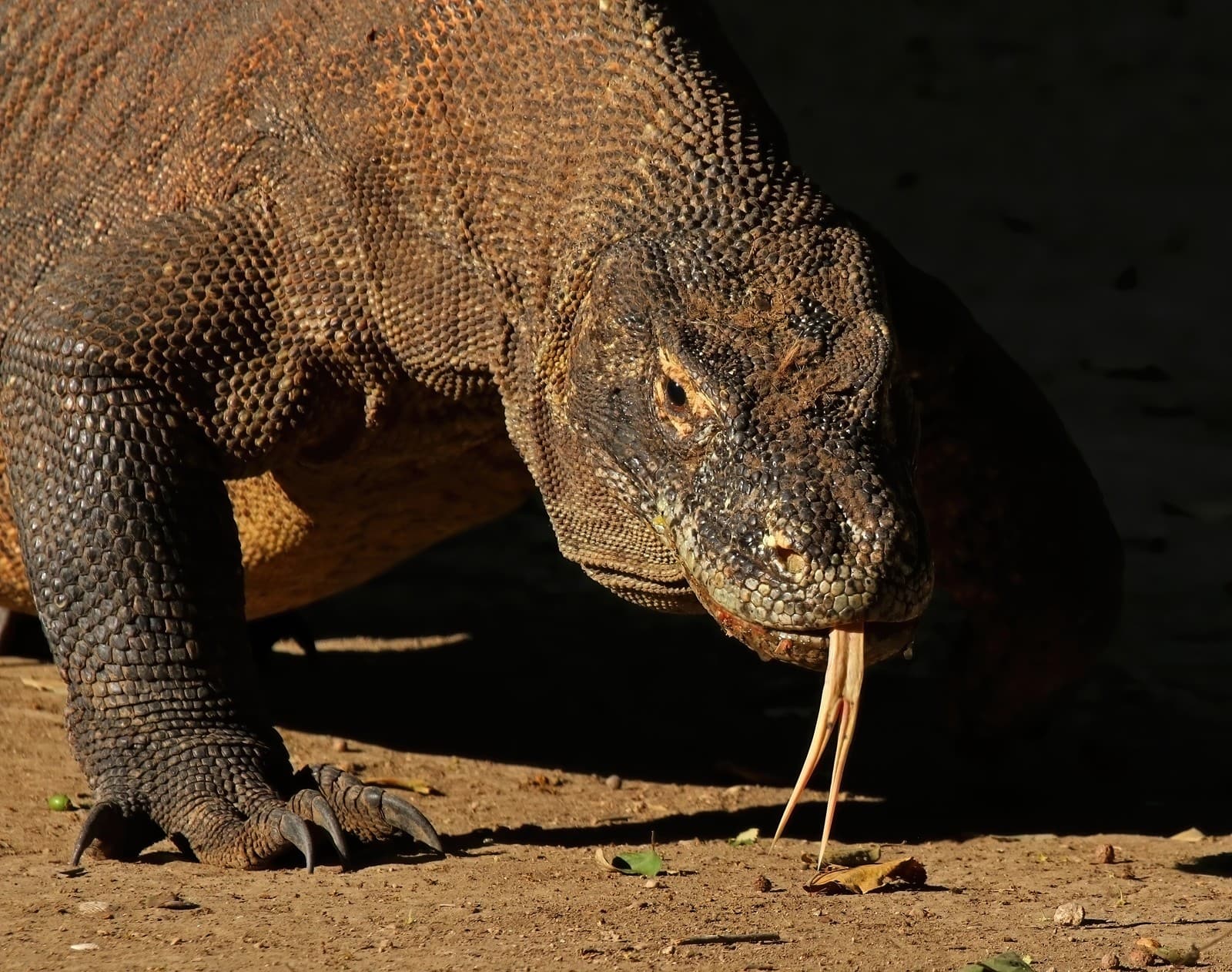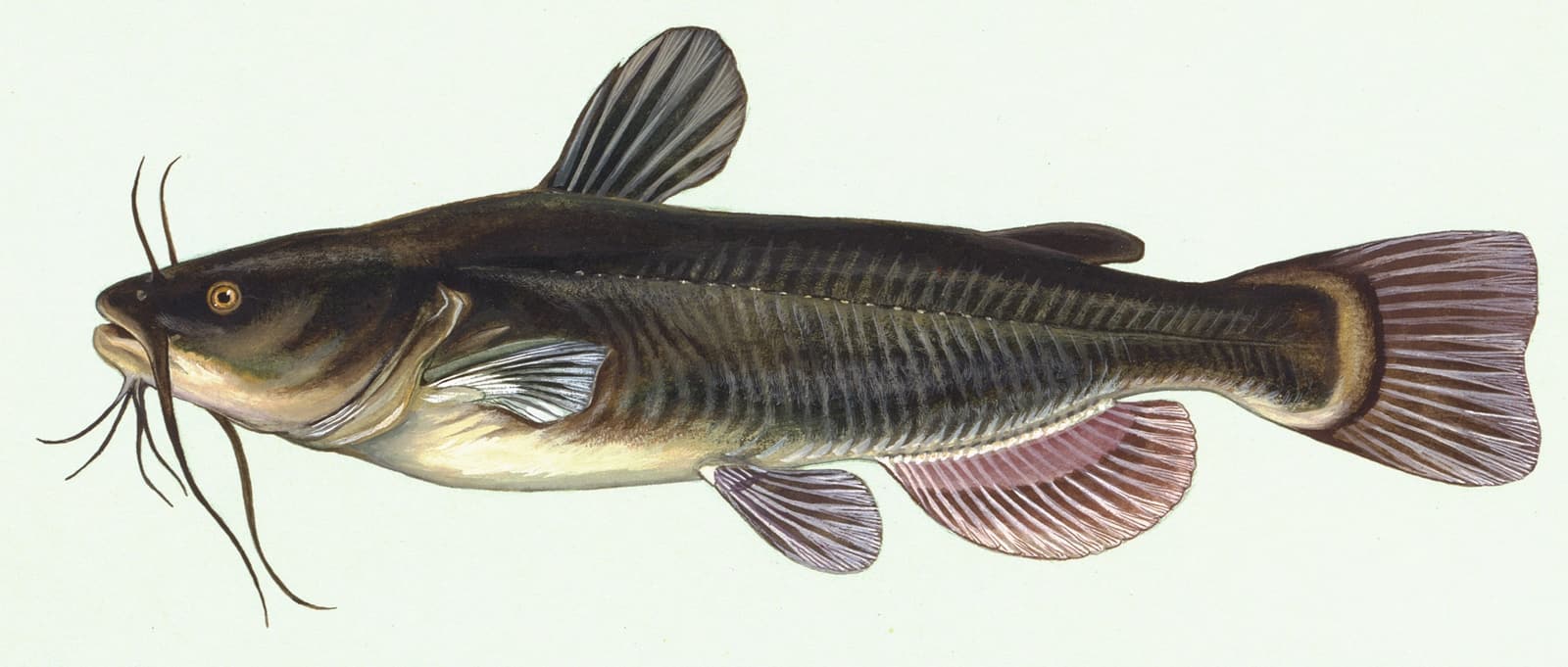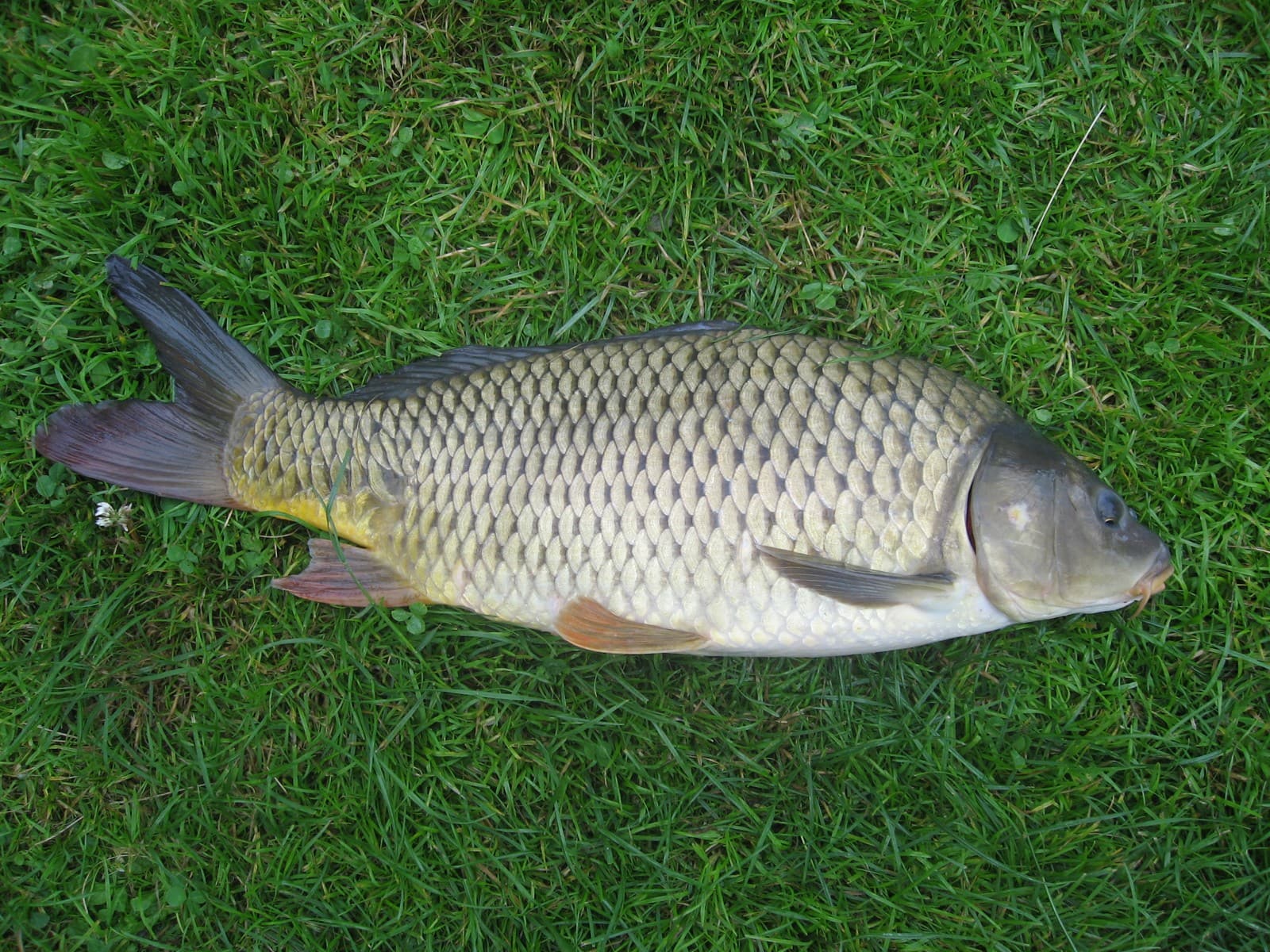Donkey vs Mule: A Complete Comparison
The fundamental difference between donkeys and mules lies in their genetic makeup: donkeys are pure-bred equines, while mules are hybrid offspring of a female horse and male donkey. Mules typically stand taller at 50-70 inches (127-178 cm) compared to donkeys at 36-48 inches (91-122 cm), combining the best traits of both parent species.
This distinctive heritage creates notable differences in strength, temperament, and working capabilities. Mules inherit superior strength from horses while gaining the sure-footedness and endurance of donkeys, making them particularly valued as working animals across diverse terrains.
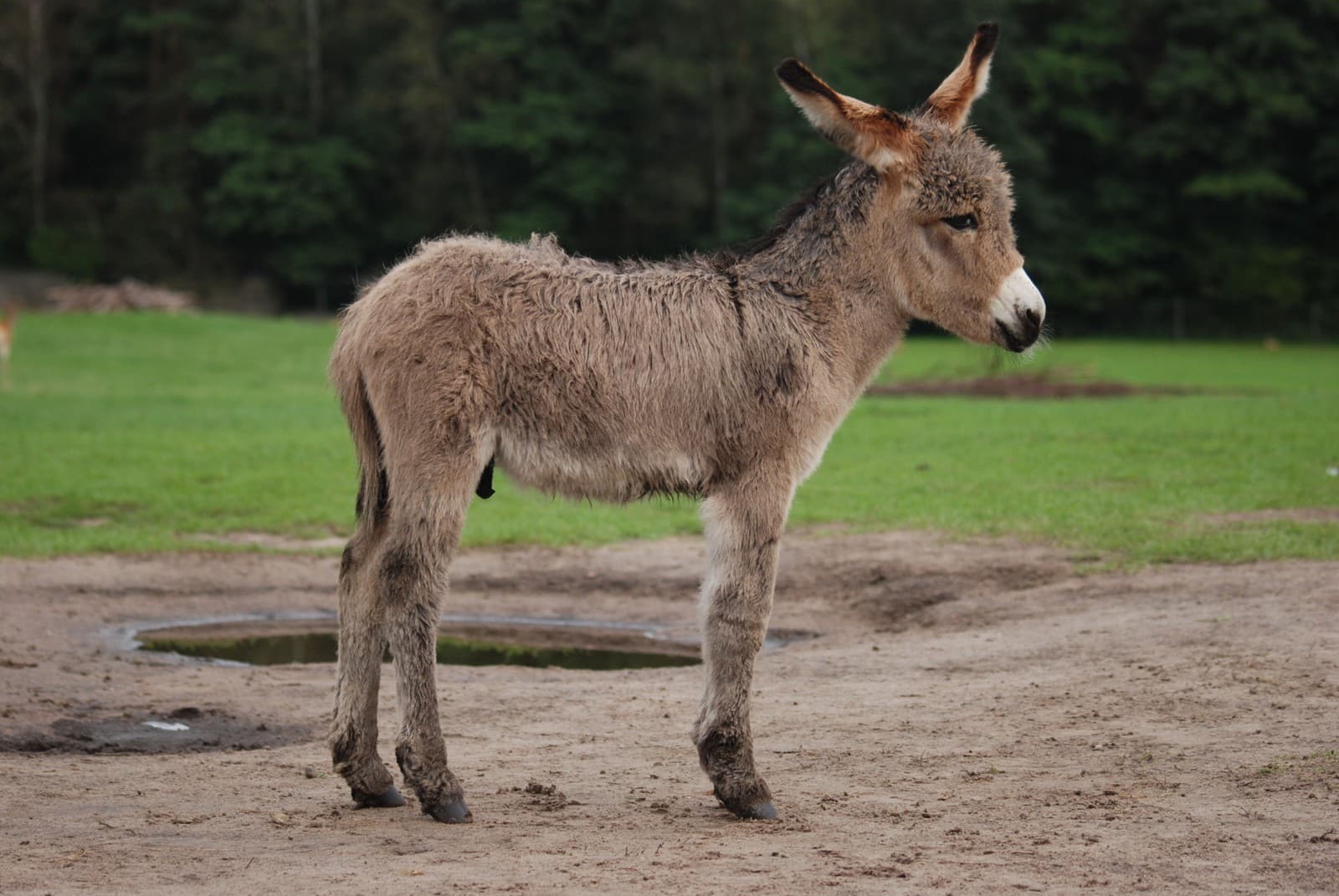
© Lilly M / CC BY-SA 3.0
The classic donkey profile showcases distinctive features that set it apart from mules, including proportionally larger ears and a more compact body structure adapted for harsh environments.
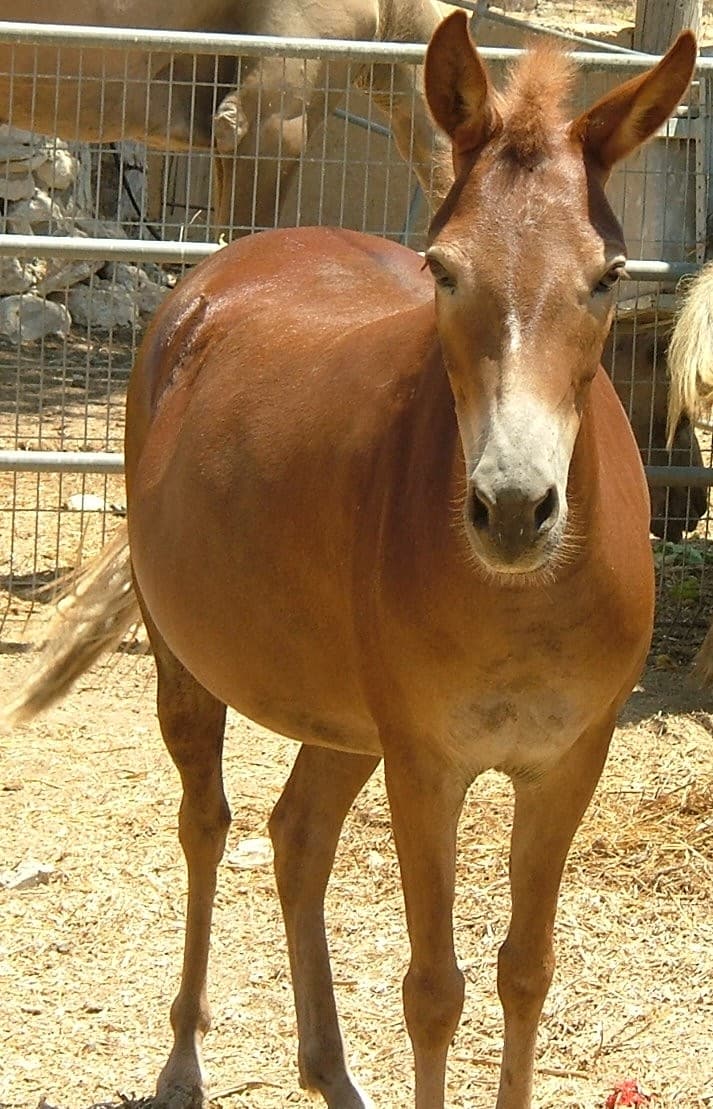
© SuperJew / CC BY-SA 3.0
Mules exhibit a distinctive blend of physical characteristics from both parent species, featuring the more refined head of a horse combined with the longer ears inherited from their donkey fathers.
Key Physical and Behavioral Differences
| Feature | Donkey | Mule |
|---|---|---|
| Height | 36-48 inches (91-122 cm) | 50-70 inches (127-178 cm) |
| Weight | 400-1,000 lbs (180-450 kg) | 800-1,500 lbs (360-680 kg) |
| Ears | Longest of all equines | Longer than horses, shorter than donkeys |
| Intelligence | High, cautious decision-makers | Extremely intelligent, quick learners |
| Strength | Strong for size | Stronger than both parent species |
| Fertility | Fertile | Generally sterile |
Intelligence and Temperament
While both animals demonstrate remarkable intelligence, their approaches to problem-solving differ significantly. Donkeys are known for their methodical, cautious nature, often stopping to assess situations before proceeding. Mules combine the social intelligence of horses with the analytical mindset of donkeys, resulting in quick-learning capabilities and strong self-preservation instincts.
Working Capabilities and Uses
Donkey Strengths
- Excellent pack animals for rough terrain
- Superior heat tolerance
- Capable of carrying 20-30% of body weight
- Ideal for small-scale farming
- Guard animals for livestock
Mule Advantages
- Greater strength-to-size ratio
- Enhanced endurance for long distances
- Superior cognitive abilities
- Better adaptation to varied climates
- Capable of carrying 30-40% of body weight
Health and Longevity
Donkeys typically live 25-30 years in domestication, while mules often survive 35-40 years, benefiting from hybrid vigor. Both species show remarkable disease resistance, though mules generally demonstrate better overall health due to their hybrid genetics.
Who Would Win: Strength Comparison
In terms of raw strength, mules consistently outperform donkeys due to their larger size and hybrid vigor. A typical mule can carry loads 20-30% heavier than a donkey of similar size, while maintaining better stamina over long distances. However, this comparison shouldn’t diminish the donkey’s impressive strength-to-size ratio, which remains superior to that of horses.
Care Requirements
Both animals require similar basic care, including:
- Regular hoof trimming every 6-8 weeks
- Annual veterinary checkups
- Access to clean water and quality forage
- Protection from extreme weather
- Regular dental care
The choice between a donkey and mule often depends on specific needs rather than absolute superiority. Donkeys excel in harsh environments and small-scale operations, while mules prove invaluable for more demanding physical tasks and varied working conditions.
